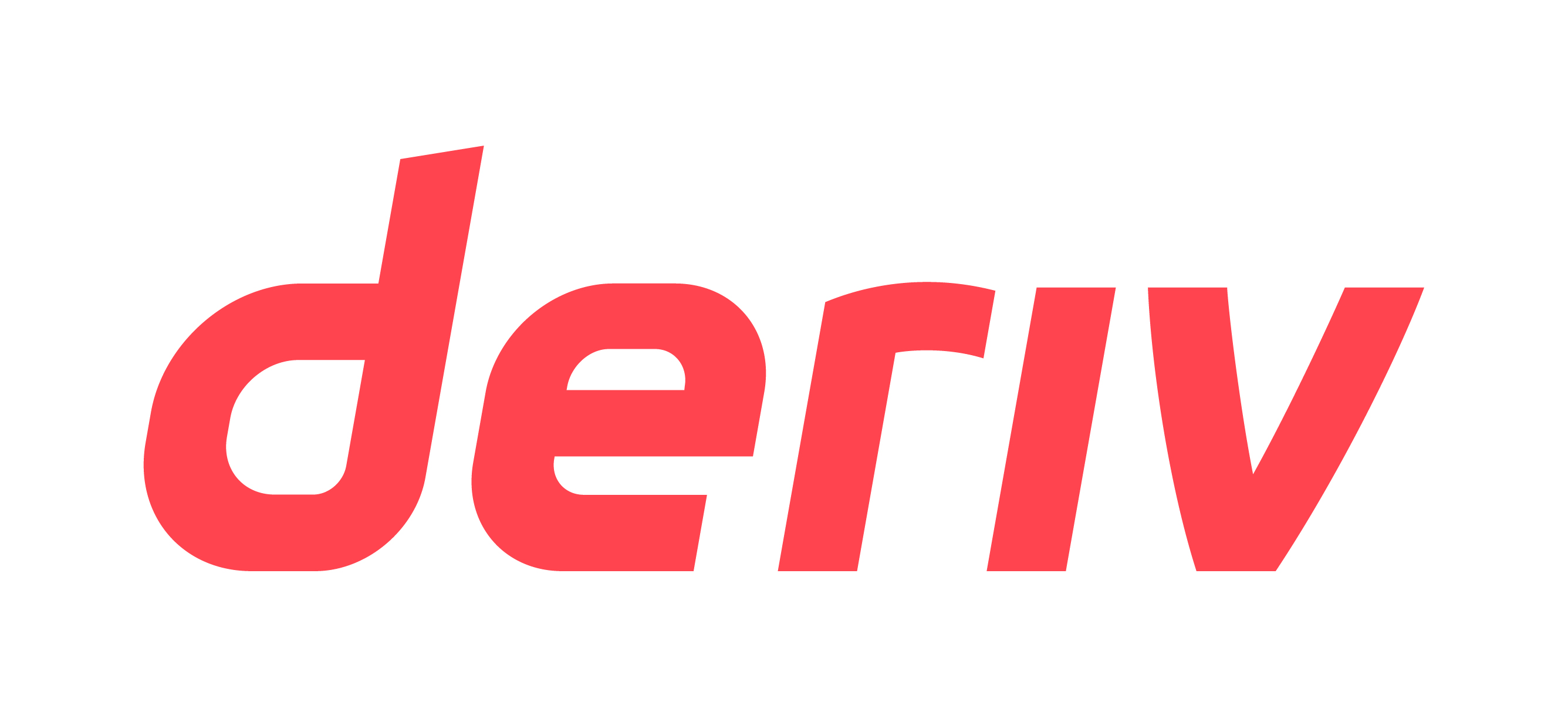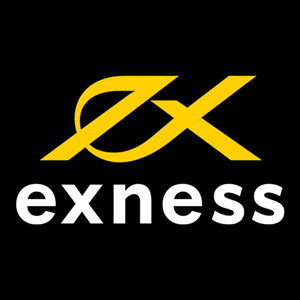In the world of forex trading, success hinges on a deep understanding of market dynamics and the ability to interpret various price patterns. One such concept that experienced traders often utilize is that of “order blocks.” These order blocks are essential components of price charts that can provide valuable insights into market trends, price reversals, and potential trading opportunities. In this article, we will delve into the concept of order blocks, their significance, and how traders can effectively use them to enhance their forex trading strategies.
Order Blocks in Forex Trading Brokers in South Africa

Quotex

Deriv

Exness

IQ Option

Hycm

Easy Markets
What Are Order Blocks?
Order blocks, in the context of forex trading, are areas on a price chart where significant buying or selling activity has taken place. These areas are marked by a consolidation of price, often forming a rectangular region on the chart. An order block is created when a significant number of market orders (buy or sell) are executed within a relatively small price range. This accumulation of orders can influence future price movements and lead to potential support and resistance zones.
Order blocks are visualized as rectangular regions on a price chart, typically with a shaded or differently colored background. These blocks stand out from the rest of the price action due to the pronounced consolidation that occurs within them. The creation of an order block is usually driven by institutional traders, hedge funds, and large market participants who execute substantial orders at specific price levels.

Significance of Order Blocks in Forex Trading
Understanding and analyzing order blocks can provide traders with several valuable insights:
Support and Resistance Levels: Order blocks often serve as key support and resistance levels. The accumulation of orders within a specific price range indicates that this level held significance for traders in the past. Traders can anticipate price reactions and potential reversals around these order blocks.
Price Reversals: Price tends to reverse when it encounters an order block. This is because the block represents an area where significant trading activity occurred, indicating that a shift in market sentiment could be underway. Traders often look for confirmation signals around order blocks to enter reversal trades.
Trend Continuation: Order blocks can also indicate areas where a prevailing trend might continue. If price moves away from an order block, it suggests a breakout. Traders might view such a breakout as a continuation of the existing trend, especially if the breakout is accompanied by strong volume and momentum.
Entry and Exit Points: Traders can use order blocks to identify potential entry and exit points for their trades. When price retraces back to an order block, it provides an opportunity for traders to enter in the direction of the prevailing trend. Conversely, traders might consider exiting a trade when price approaches an opposing order block.
Using Order Blocks in Your Trading Strategy
Incorporating order blocks into your forex trading strategy requires a combination of technical analysis, price action observation, and market sentiment interpretation. Here’s how you can effectively use order blocks in your trading:
Identify Order Blocks: Use your charting software to identify areas of consolidation on your price chart. Look for regions where price has spent considerable time without making significant progress in either direction.
Confirm with Price Action Signals: Once you’ve identified an order block, look for confirmation signals. These could include candlestick patterns, trendline breaks, or momentum indicators. These signals can help validate whether a reversal or continuation is likely.
Consider Timeframes: Order blocks can exist on various timeframes, from intraday to long-term charts. Consider checking for alignment of order blocks across multiple timeframes to strengthen your trading decisions.
Risk Management: As with any trading strategy, risk management is crucial. Place your stop-loss orders beyond the order block to allow for potential false breakouts and minimize losses.
Combine with Other Strategies: Order blocks work best when combined with other technical analysis tools, such as moving averages, Fibonacci levels, and trendlines. The convergence of different indicators can increase the probability of successful trades.
Frequently Asked Questions About Order Blocks in Forex Trading
What are order blocks in forex trading?
Order blocks are specific price regions on a chart where significant buying or selling activity has occurred. These areas indicate consolidation of orders and can influence future price movements, often acting as support or resistance levels.
How are order blocks formed?
Order blocks are created when a substantial number of market orders are executed within a relatively narrow price range. This can happen due to the actions of institutional traders, hedge funds, and other large market participants.
What insights can order blocks provide?
Order blocks offer insights into potential support and resistance levels, price reversals, and trend continuations. Traders often use them to identify entry and exit points, gauge market sentiment, and enhance their trading strategies.
How can I identify order blocks on a chart?
Look for rectangular areas on a price chart with pronounced consolidation within a specific price range. These regions often stand out due to their unique price action and can be identified using technical analysis tools.
Do order blocks indicate trend reversals or continuations?
Order blocks can indicate both trend reversals and continuations. A price reversal might occur when price encounters an order block, while a breakout from an order block could signal a trend continuation.
How do I confirm trading decisions based on order blocks?
Confirmation signals, such as candlestick patterns, trendline breaks, or momentum indicators, can help validate whether a price reversal or continuation is likely. Combining order block analysis with other technical tools can strengthen trading decisions.
Can order blocks be used on different timeframes?
Yes, order blocks can exist on various timeframes, from short-term to long-term charts. Aligning order blocks across multiple timeframes can provide a more comprehensive understanding of potential price movements.
What’s the importance of risk management when using order blocks?
Risk management remains crucial in forex trading. Placing stop-loss orders beyond an order block can help minimize losses in case of false breakouts, ensuring responsible risk management.
Can I solely rely on order blocks for trading decisions?
While order blocks offer valuable insights, it’s advisable to use them in conjunction with other technical analysis tools, such as moving averages, Fibonacci levels, and trendlines. This approach can enhance the accuracy of your trading decisions.
How can beginners incorporate order blocks into their trading strategy?
Beginners can start by learning to identify order blocks on their price charts and practicing with demo accounts. As they gain experience, they can integrate order block analysis with their existing trading strategies and gradually refine their decision-making process.
In Conclusion
Order blocks are a powerful tool in a forex trader’s arsenal. They provide insights into market sentiment, support and resistance levels, and potential trend reversals or continuations. By learning to identify and interpret order blocks effectively, traders can make more informed trading decisions and improve their overall success in the forex market. However, like any trading strategy, it’s important to practice due diligence, continue learning, and manage risk appropriately.
